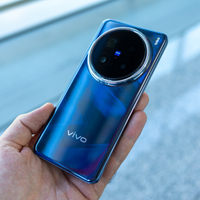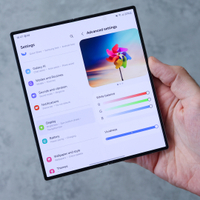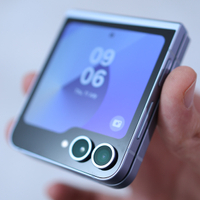The best camera phone in 2025: what's the best smartphone for photography?
The best camera phones take photos and video that rival traditional cameras – these are the top smartphone shooters
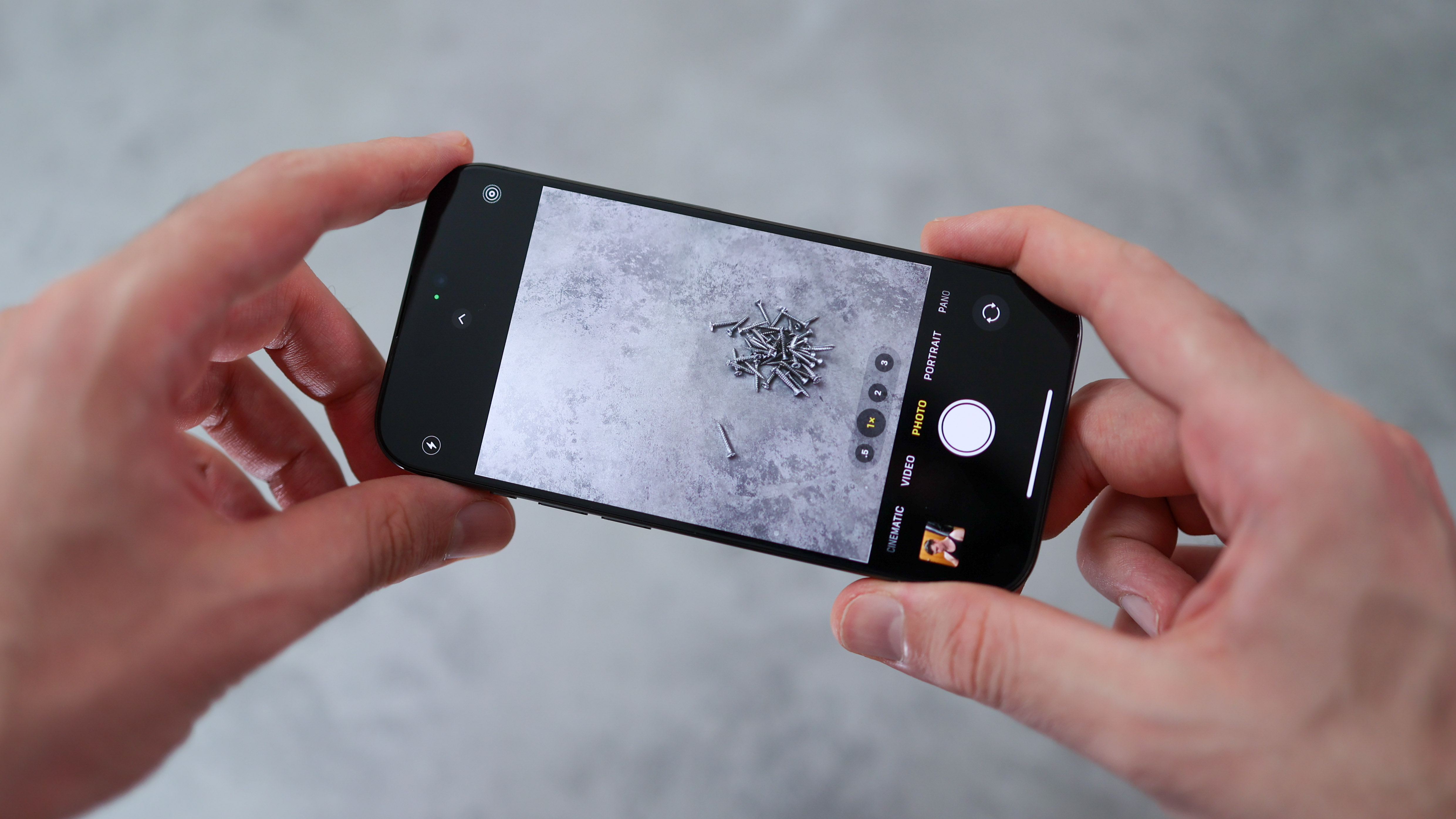
Having a great camera phone is essential for taking amazing photos wherever you are, whenever you’d like. After all, not everyone can carry around a big DSLR at all times. I love a good camera phone because it’s simply convenient. As technology continues to progress, the best camera phones have powerful image sensors, incredible features, and the ability to process and edit images with the touch of a button.
With all that technology out there though, it can be hard to make a decision on what phone is best for you. That’s where I come in. At DCW we’ve tested all of these camera phones first hand so you can be sure that I know which ones truly take the best photos. And since I am also a photographer, I really do know how to distinguish a good photo from a bad one.
If you want to get right into it, my favorite overall pick for both photo and video is the Apple iPhone 16 Pro Max with stunning quality and ease of use. If you’re just a photo enthusiast, then the Google Pixel 9 Pro / 9 Pro XL are the way to go as I love their cameras for photography and AI editing smarts.
Finally – this guide is a mix of phones from all manufacturers, but if you are specifically team Apple or team Android then you might want to check out my specific best iPhone or best Android phone for photography guides.

Gareth is the Reviews Editor at Digital Camera World – and the person in charge of approving all the latest camera-related tech. As an experienced photographer, he is always on the lookout for top camera phone quality to rival his mirrorless cameras, and always jumping between Android and iOS, he knows each system's strengths and weaknesses when it comes to photo and video.
The Quick List
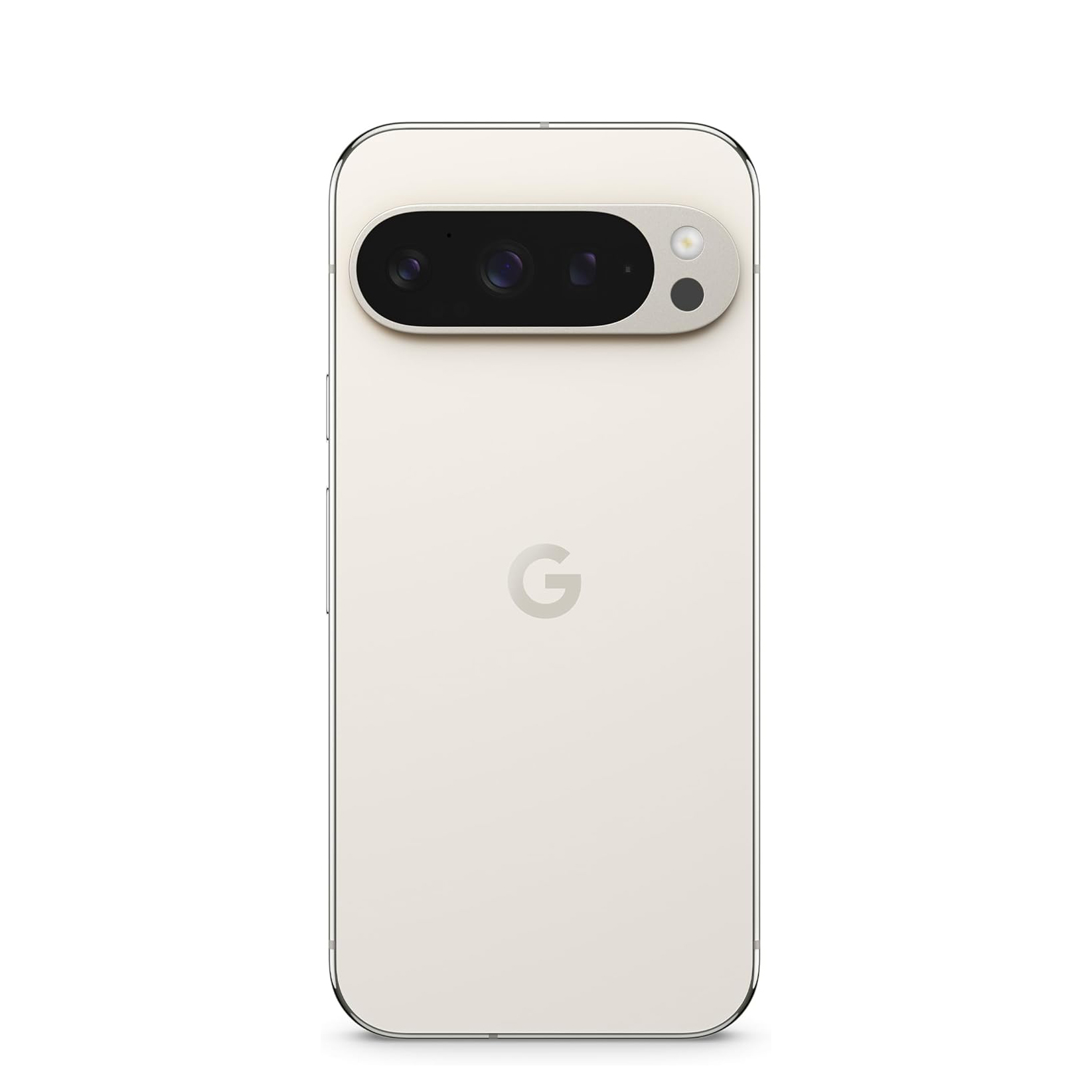
The Pixel 9 Pros have identical camera setups but different screen sizes, so you can pick the size that works for you, without having to compromise on one of the best phone cameras. With excellent AI smarts, the Pixel 9 Pros take consistent photos, at a slightly lower price than Apple rivals.
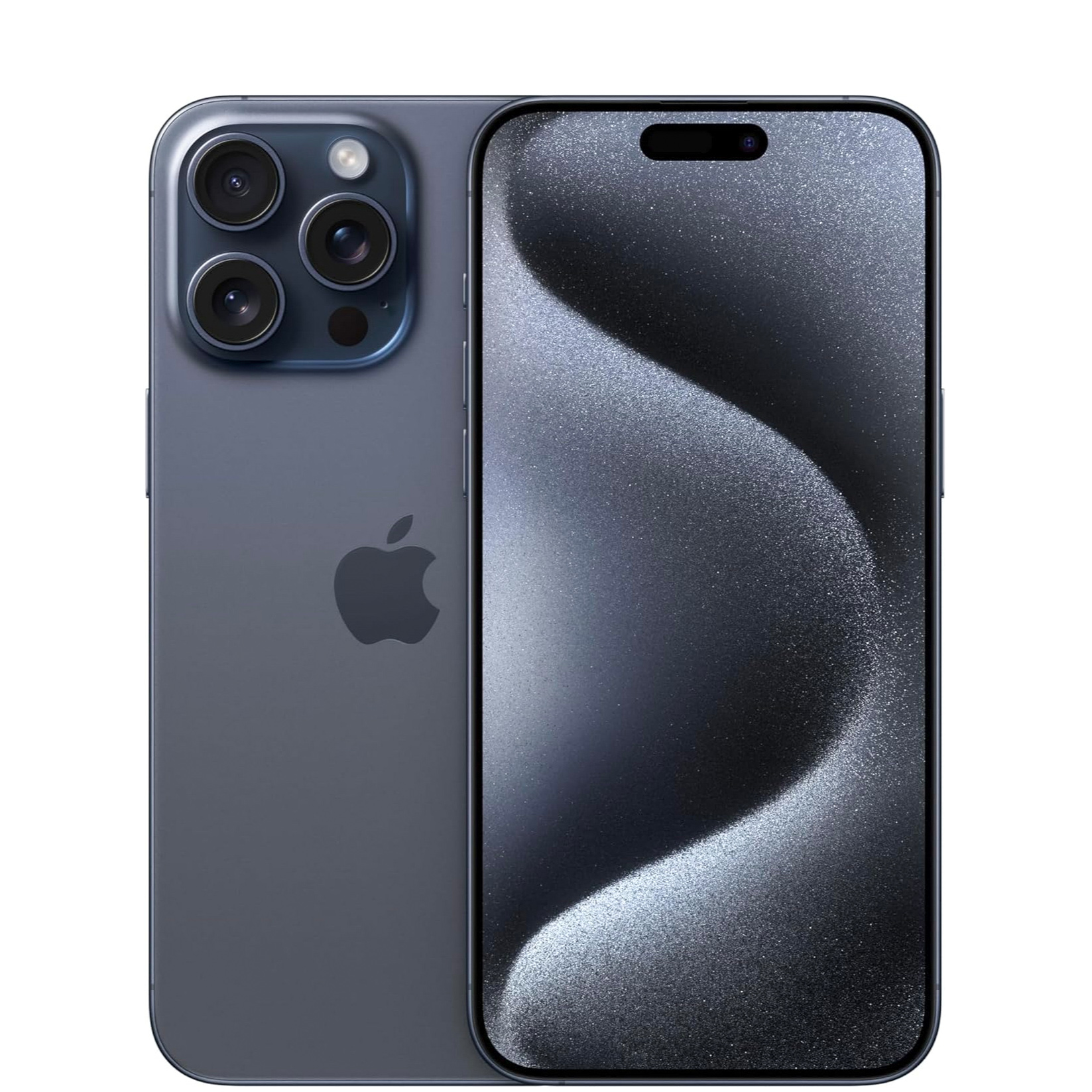
For anyone looking for the best phone for videos, there is the iPhone 16 Pro Max. Pipping the Pixel 8 Pro to the top spot, the Pro Max edges it out with superior video, but loses the crown for photos to the latest Pixels.
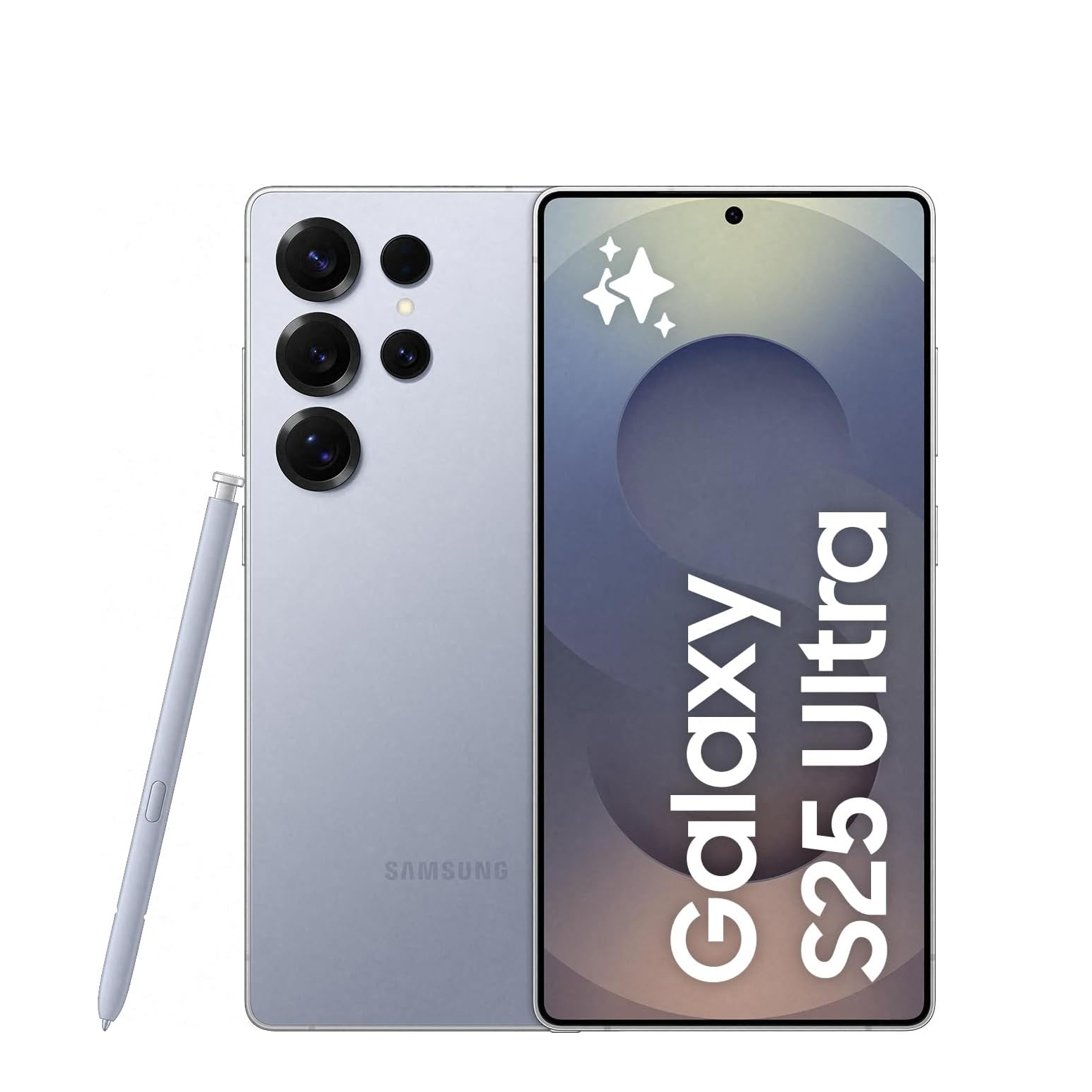
Samsung fans look no further – the Samsung Galaxy S25 Ultra is one pretty phone that also benefits from an impressive 200MP camera which you can actually use every pixel of (if you have the storage) for mind-blowing detail from a phone camera.
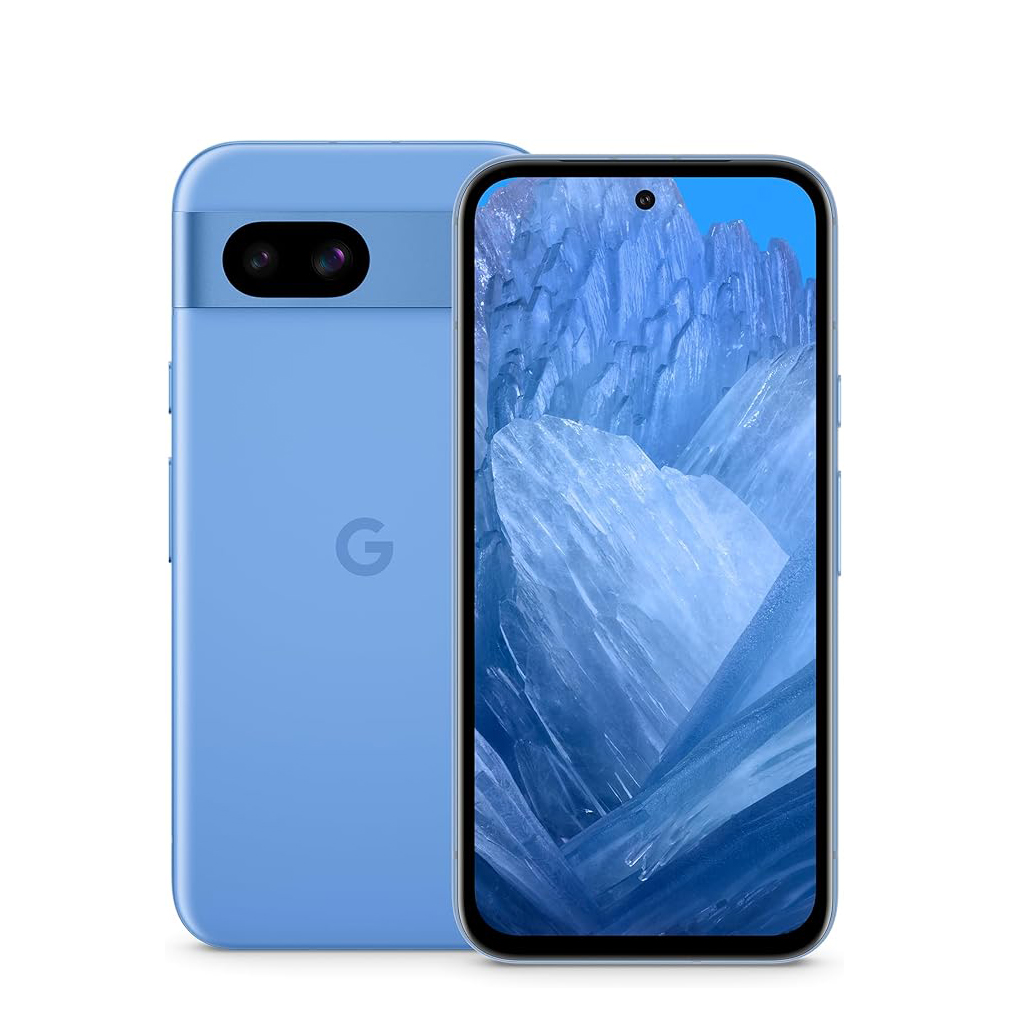
If you're looking for a great image-maker for an amazing price then the Google Pixel 8a takes the crown as my top pick for affordable phone photography with two very impressive cameras for the affordable price tag.
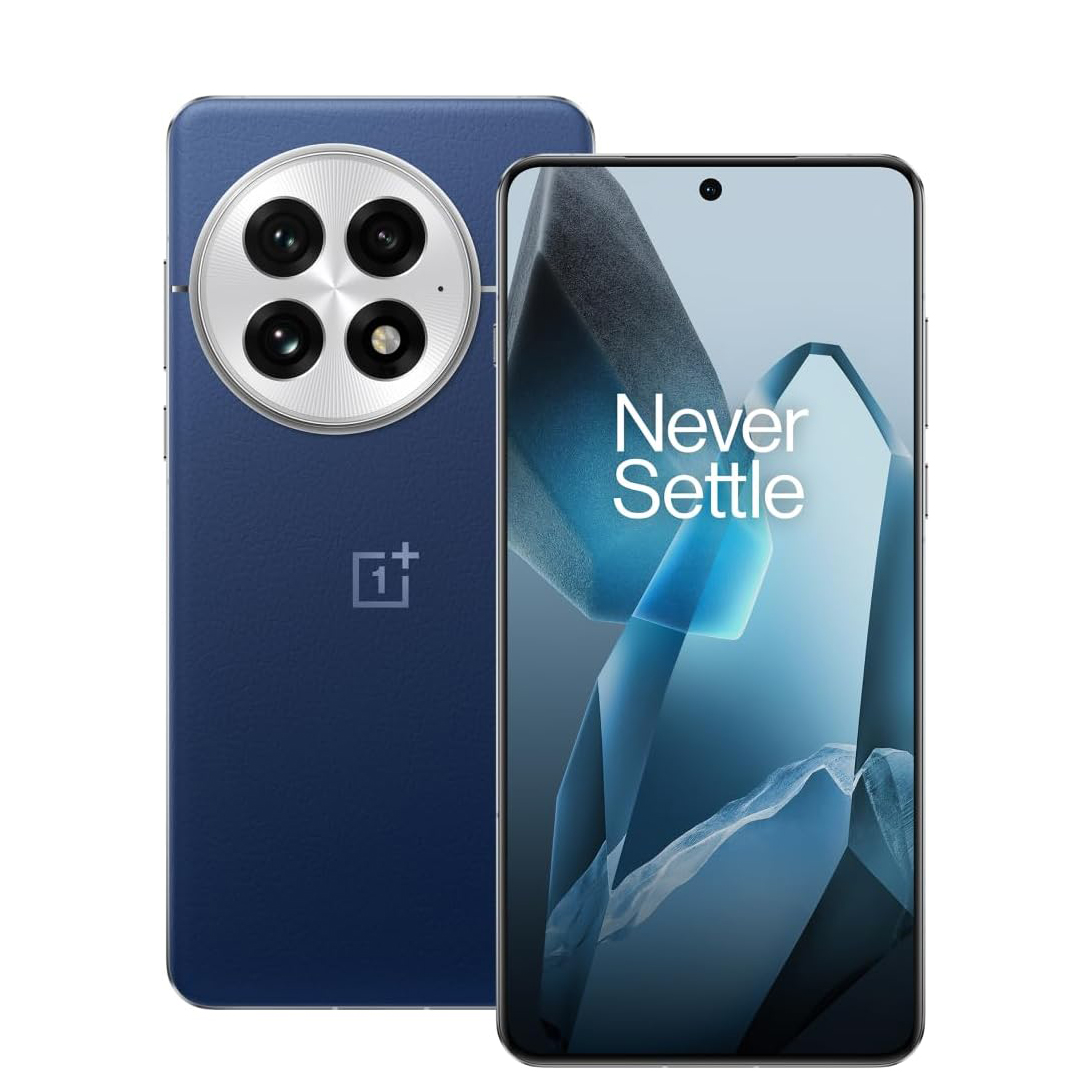
The OnePlus 13 takes the best of a flagship phone and makes it more affordable. With an incredible three-camera system that challenges the best from Google and Apple, together with speedy performance and a stunning screen.
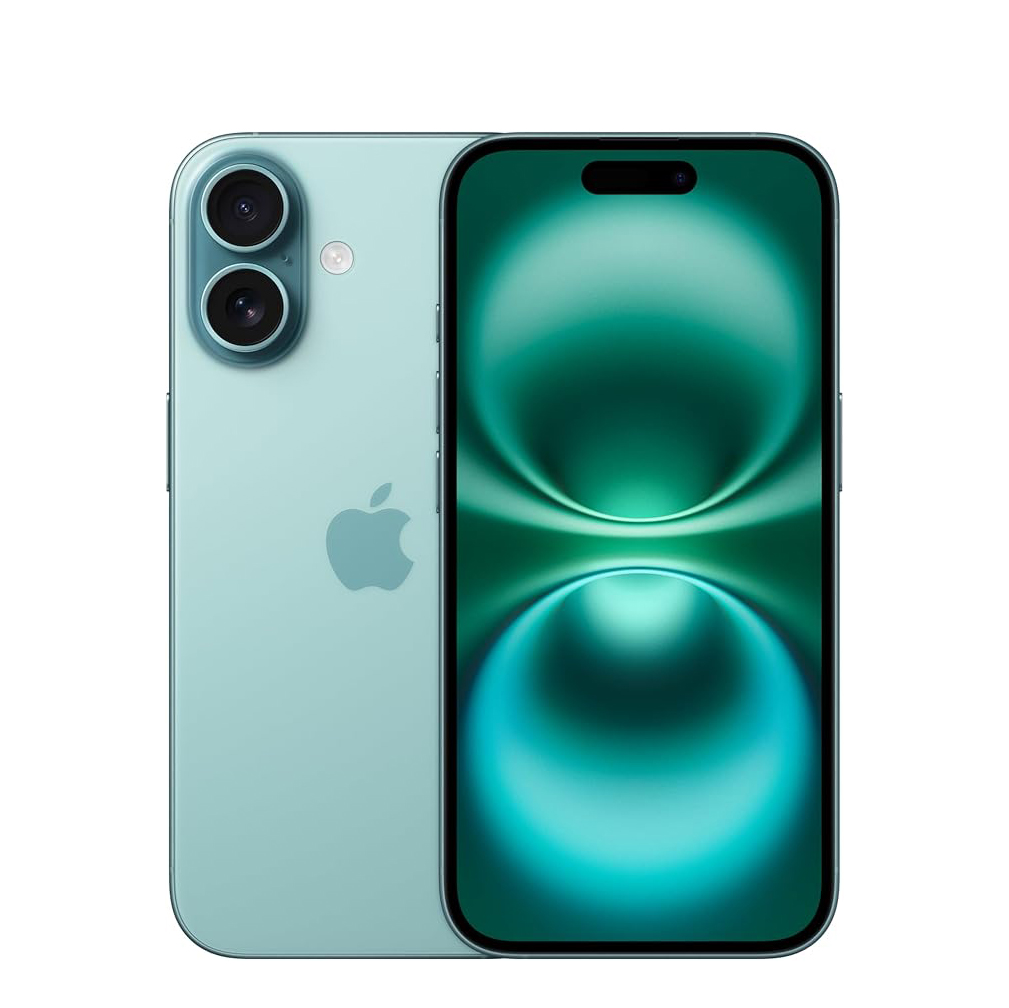
The iPhone 16 might not be the top-spec phone on this list, but it is the best shooter for casual everyday phone photographers who want an excellent camera for content creation. However, if you aren't loyal then I think the Pixel 8a above is the better snapper.
View the full list...
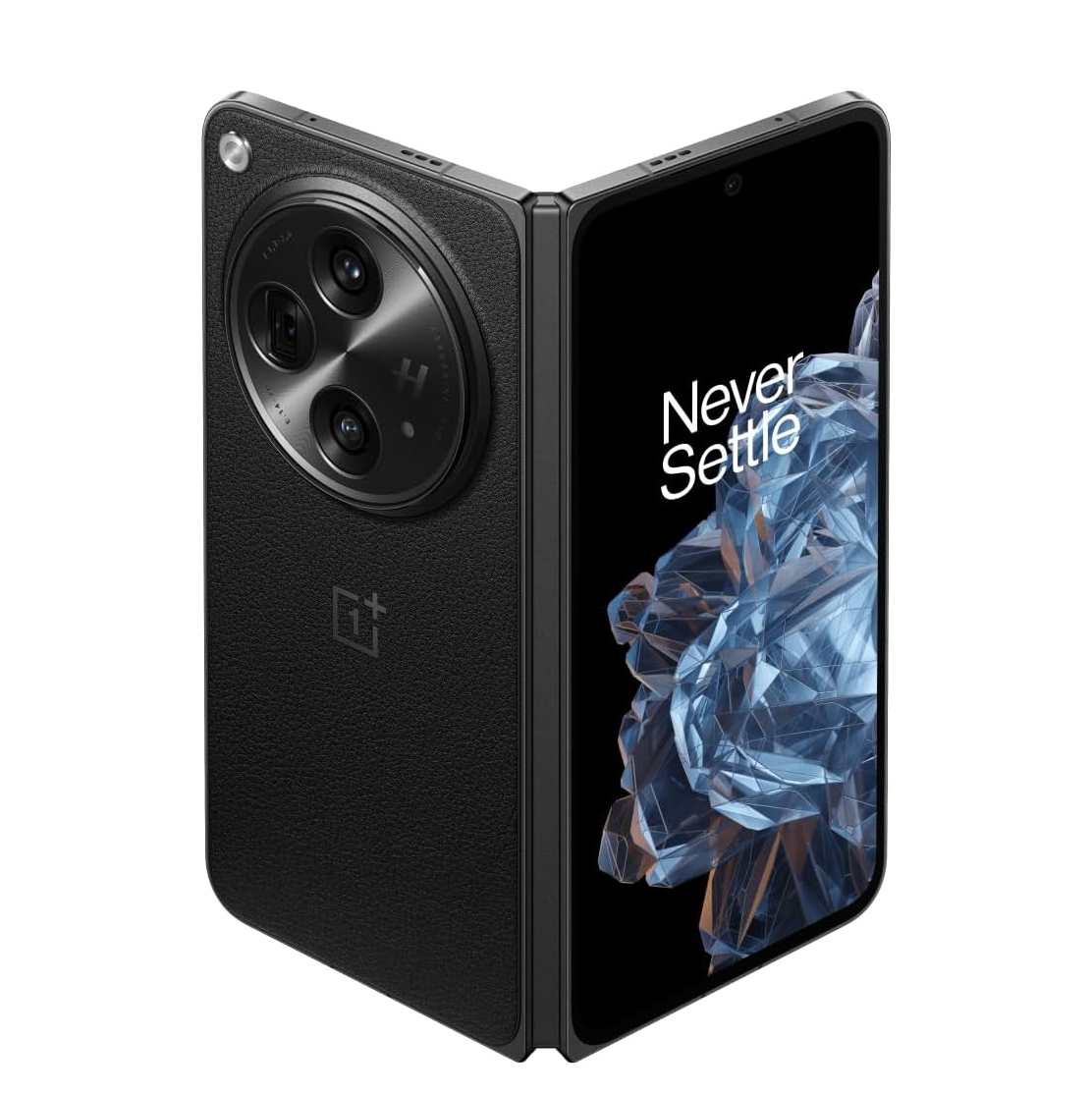
The OnePlus Open manages to take the foldable crown from big hitter Samsung with its excellent array of cameras showing that cameras on foldables don't have to be an afterthought, while also beating the competition on price.
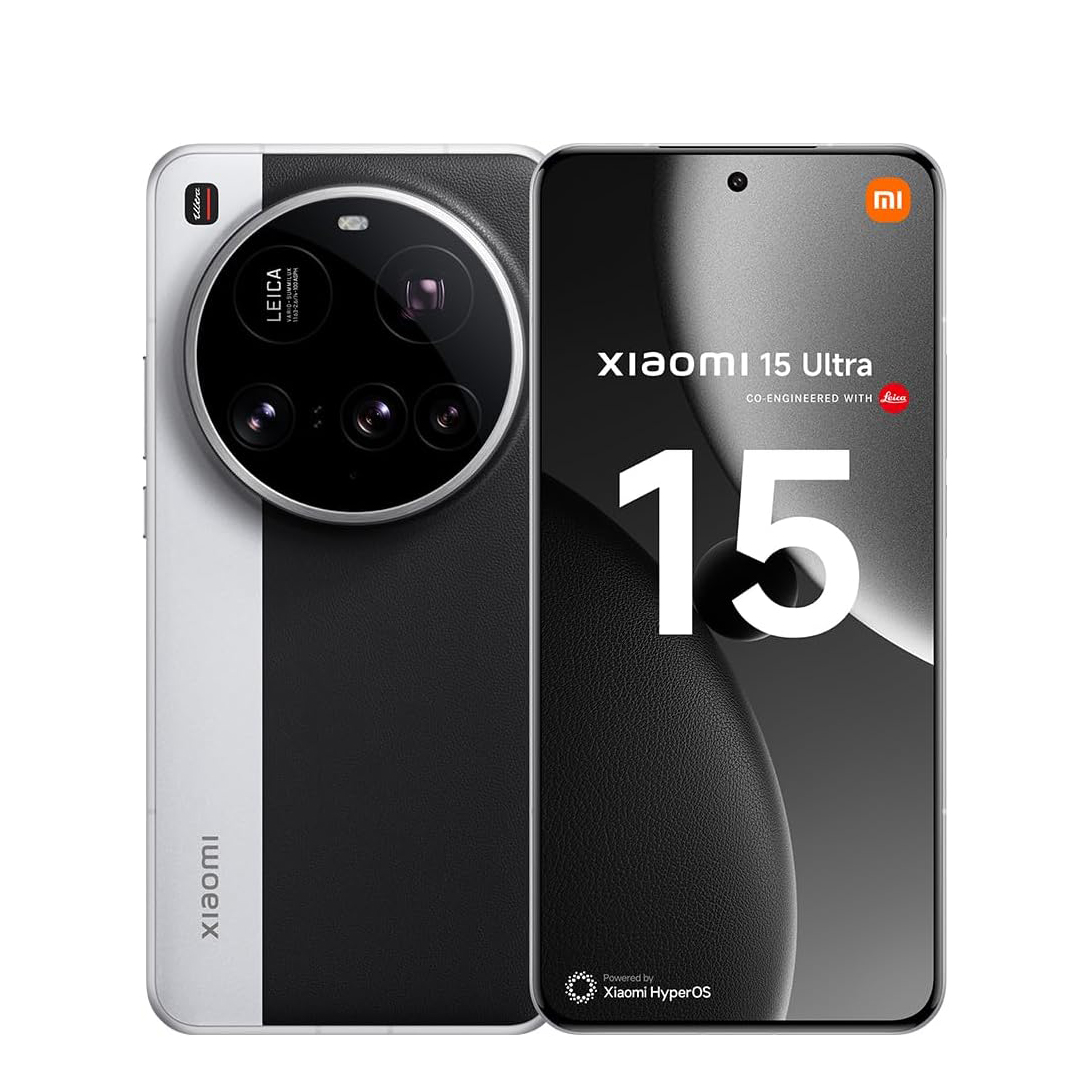
The Leica co-engineered cameras on the Xiaomi 15 Ultra are incredible, but the best thing about them is just how much distance you can cover. With a total of four lenses, you can get incredible shots from ultra-wide to 400mm with its periscope zoom.

The Honor Magic 7 Pro puts AI into practically every aspect of its cameras, mostly for the better! The most interesting feature, though, is Honor's AI zoom enhancement that uses generative AI to improve your far away images – results are mixed, but they are fun!
The best camera phone
Why you can trust Digital Camera World
The best phone for photography
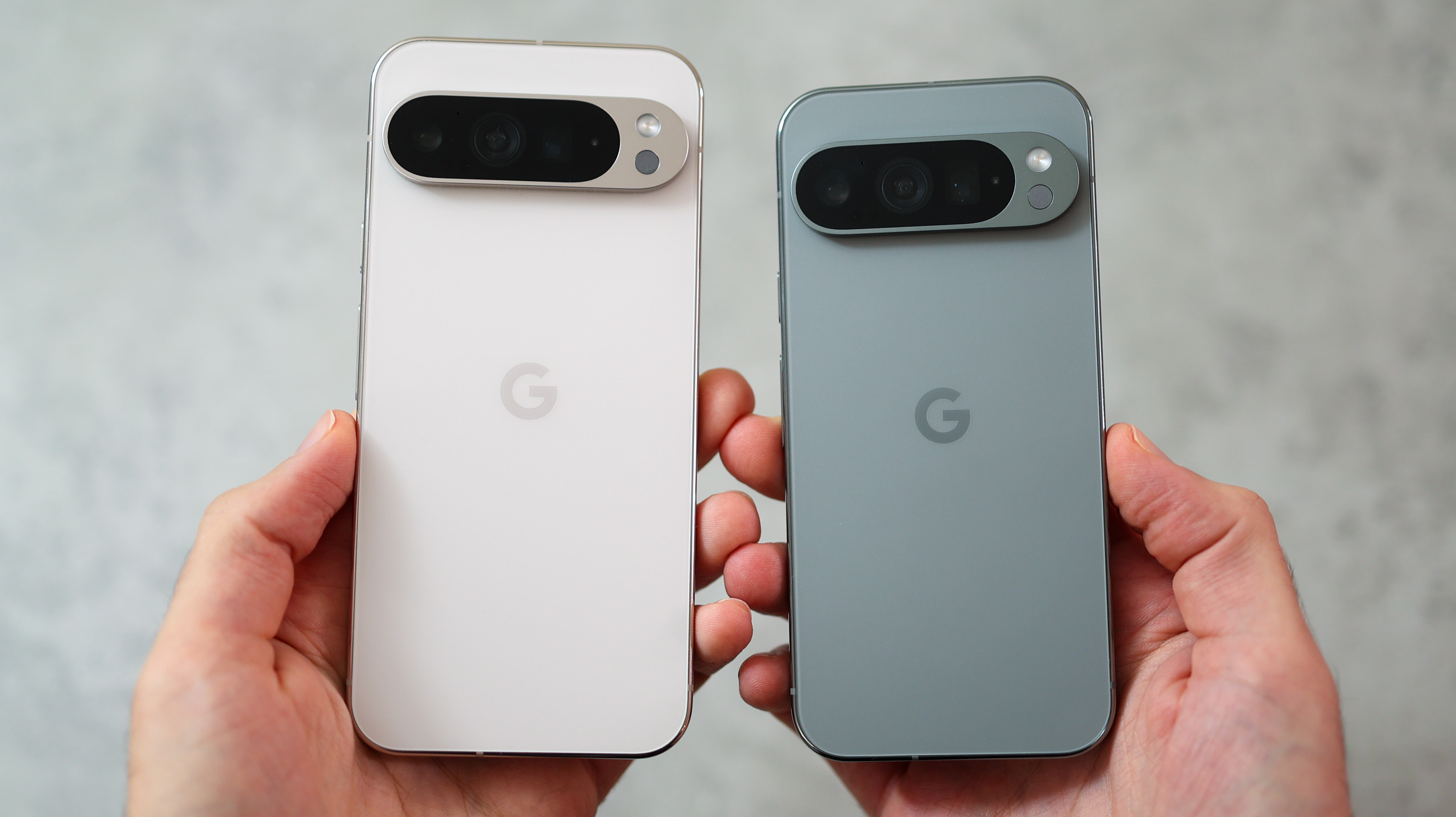
Specifications
Reasons to buy
Reasons to avoid
This year Google has released its flagship in two sizes, but in perhaps a challenge to rivals, has equipped both sized phones with identical camera setups and other specs. With simply no trade-offs to make between the two – you just need to decide if a 6.3-inch Pixel 9 Pro or 6.8-inch Pixel 9 Pro XL screen suits your hands and pockets more comfortably.
The Pixel 9 Pros have seen a very modest update in cameras from last year's models, with the same trio of sensors in the rear – although in a new pill-shaped design. It's only in the front where an improved 42MP front camera offers bigger selfies and more detailed video chats.
However the Pixel 8 Pro was simply the best photography experience on a phone, and with the same camera setup, Google is keeping the good times rolling. The quality and consistency of its cameras are sublime, with the phones particularly excelling in night-time photography. But where Google is improving is with its ever-increasing stable of AI-enhanced modes like blur reduction which uses machine learning to unblur images, and 'Best Take' which lets you swap the expressions of photo participants so everyone looks their best, means that it is also one of the simplest cameras to guarantee good snaps. Google is leaps and bounds ahead here and everyone else is playing catchup.
For anyone who wants to get a bit more serious with their photography, the Pixel 9 Pros also have a RAW capture letting you take full advantage of the megapixel-packed sensor, as well as a new pro controls mode giving you manual control over the look of your images just like you might get with a mirrorless camera.
Although video has also taken a big step up from the Pixel 8 Pro it still can't quite compete with the iPhone 16 Pro Max. Google has added a neat new video night night mode though, which uses AI to clean up dark video to improve clarity which works nicely but is not a make-or-break feature – although this doesn't work on the ultra-wide camera.
With a sleek new design that flattens out the sides and the screen, this is also the best-looking Pixel yet. The screen is beautiful to use and gives Apple a run for its money in clarity and color. Google is also now future-proofing its phones by way of continued software support for up to 7 years, you do get a lot for your money here, as well as some peace of mind, as yet again the Pixel range has gone up in price, although, still remain slightly cheaper than their Apple equivalents.
Read more: Google Pixel 9 Pro & 9 Pro XL review
The best phone for video
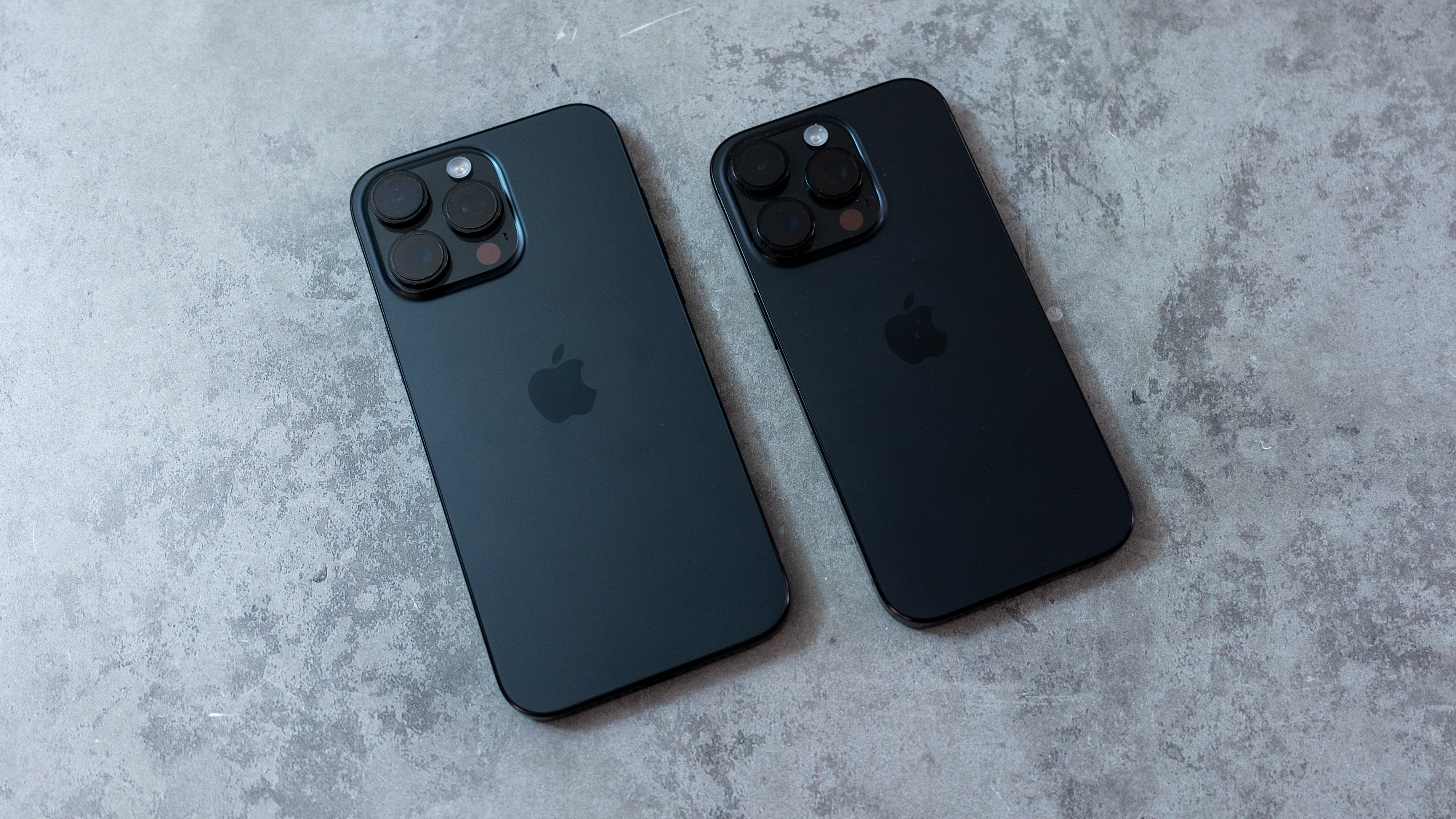
Specifications
Reasons to buy
Reasons to avoid
The iPhone 16 Pro and Pro Max offer a highly advanced camera system, making them one of the top choices for photography enthusiasts looking for a powerful smartphone. With two 48MP cameras (main and ultra-wide) and significant improvements to computational photography, the device delivers sharp, vibrant photos under most conditions. The new "Camera Control" button is a notable addition, allowing for better handling and control during photo and video capture, which can help reduce camera shake.
One of the major strengths of the iPhone 16 Pro Max is its excellent processing power, making it capable of shooting in RAW and ProRes Log video formats. It also supports 120fps 4K recording, ensuring that both stills and video are captured with high detail. Additionally, the large 6.9-inch display with 120Hz refresh rate offers a fantastic viewing experience, whether you’re editing photos or watching videos.
However, it's not without drawbacks. The telephoto lens, while capable, doesn’t stand out against some competitors, and the device comes with a hefty price tag, making it less accessible for casual users. For US customers, the absence of a SIM slot might also be a downside. While the device is packed with powerful features, some, such as the new Apple Intelligence capabilities, were not available at launch, leaving users waiting for updates to unlock the phone’s full potential.
Overall, the iPhone 16 Pro Max is a premium choice for those seeking top-tier performance and professional-level photo capabilities in a smartphone, though its high price and a few missing features may make it less appealing for the average user.
Read more: Apple iPhone 16 Pro Max review
The best phone for high resolution photos
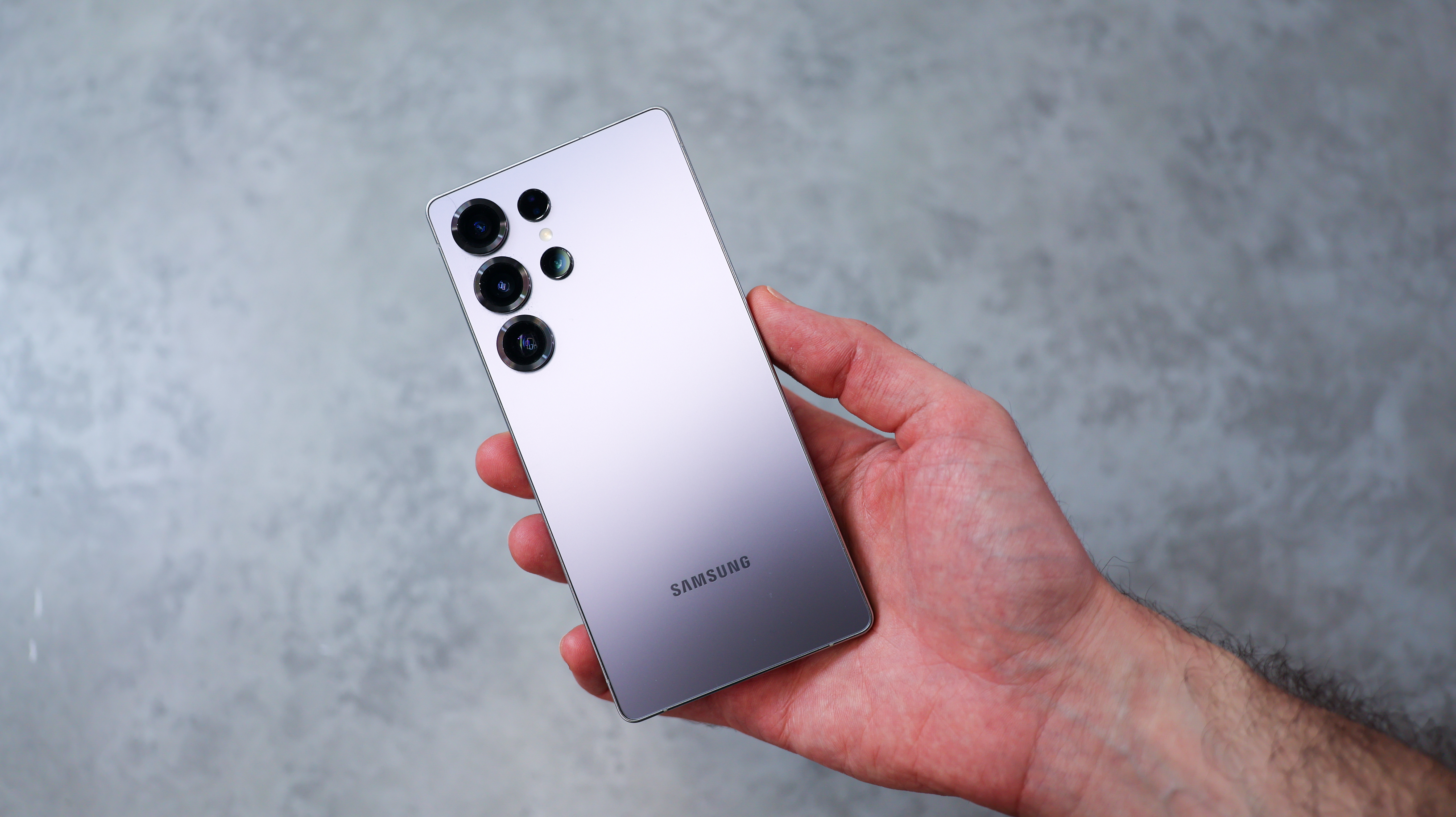
Specifications
Reasons to buy
Reasons to avoid
The Samsung Galaxy S25 Ultra offers the most premium experience of any Samsung phone – from its Samsung-tuned version of Qualcomm's latest chip that offers top-tier performance, its big beautiful screen, and of course that signature selection of five different cameras.
The S25 Ultra still positions itself as one of the most well-rounded and feature-complete Android phone cameras currently available. However, for S24 Ultra (and even S23 Ultra) users, there is not a huge change in camera hardware to get you to rush out and buy this new model. I was holding out for more significant changes in the camera hardware, but Samsung has opted for four out of five of the same sensors, with just the ultra-wide getting an upgrade to 50MP.
Maybe we have reached peak hardware, as this is an approach reminiscent of Apple, Google, and many others now – refining a familiar and popular design and instead focusing on camera software with a hefty dose of AI features.
The S25 Ultra though delivers consistently likable photos and videos, although I find Samsung's processing and colors a little less natural than Apple or Google, with a more heavily processed look. I would check out some image samples before you buy. Yet, despite the multitude of cameras and processing power, the S25 Ultra cameras can't quite rise to the increasingly stiff competition. Phone cameras have never been better, and I prefer the photos from both Google and Apple's cameras, meanwhile, Chinese OEMs are pulling off some amazing camera tricks using AI that Samsung doesn't quite have an answer for.
The Samsung Galaxy S25 Ultra is another formidable phone from the world's biggest phone maker – and another fantastic entry into Samsung's Galaxy S legacy. There is a lot for anyone already invested in the Samsung ecosystem to love, as it plays very nicely with Samsung's tablets, laptops, and watches – but where Samsung was once the definitive Android phone, its crown is certainly slipping.
Read more: Samsung Galaxy S25 Ultra review
The best value camera phone
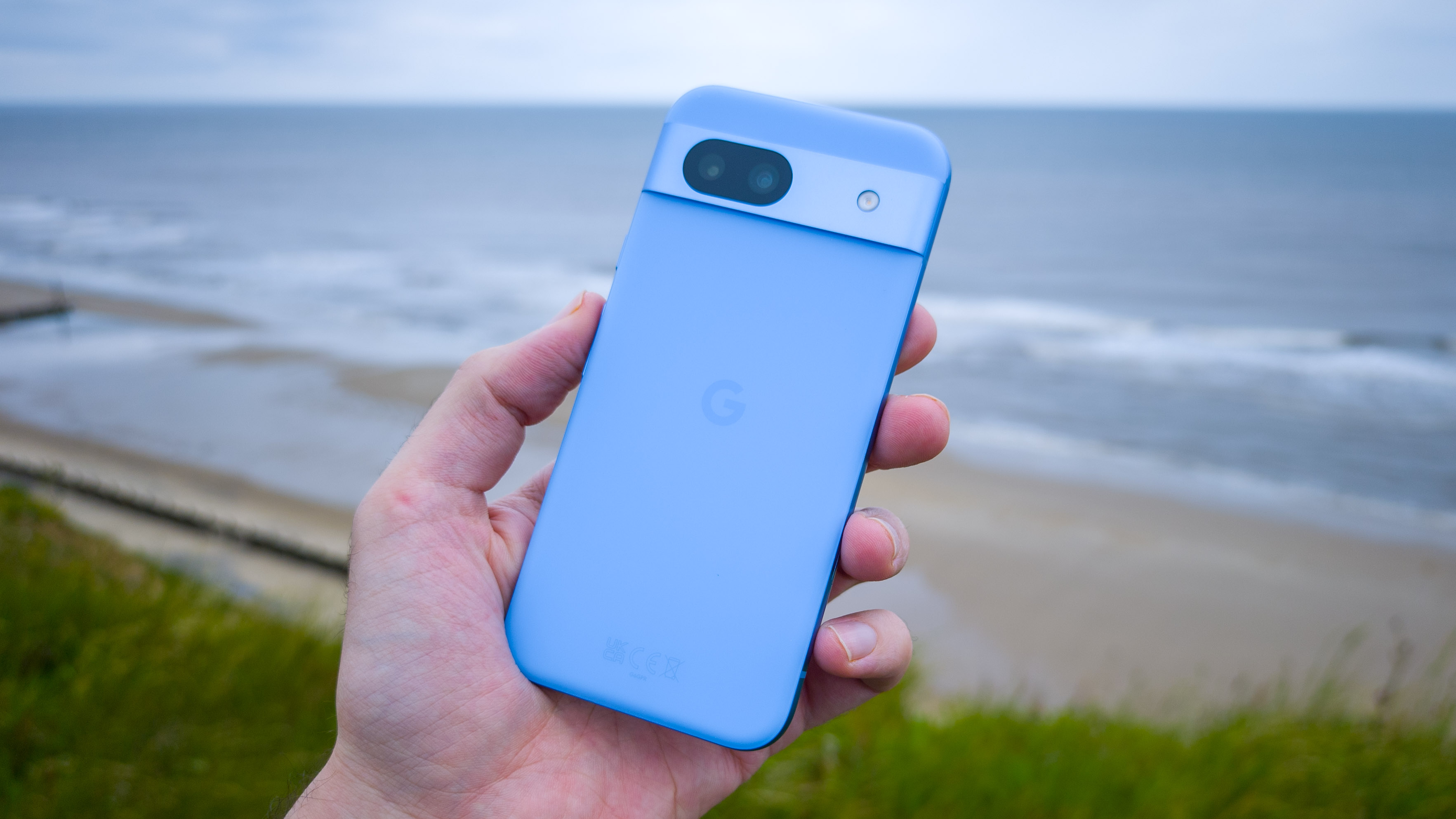
Specifications
Reasons to buy
Reasons to avoid
The Pixel 8a is quite an impressive camera phone despite not having the most powerful camera hardware. Thanks to Google's smart processing, it can capture good point-and-shoot pictures in a variety of lighting conditions. Its 4K video performance is also notable when the lighting is on its side, and the day-to-day user experience is quite snappy.
The phone is packed with smart features, and the extent to which you utilize them will depend on your comfort with integrating AI into your daily life. If you're considering the Pixel 8a, you'll find that it offers exceptional value for money and stands as one of the best camera phones of 2024.
Those open to alternatives may also explore deals on the Pixel 8, which offers a different build with glass and metal, as opposed to the 8a's plastic back. Overall, the Pixel 8a is a reliably solid all-around phone with an excellent camera and remarkably intelligent AI features straight out of the box.
Read our full Google Pixel 8a review
The best value flagship
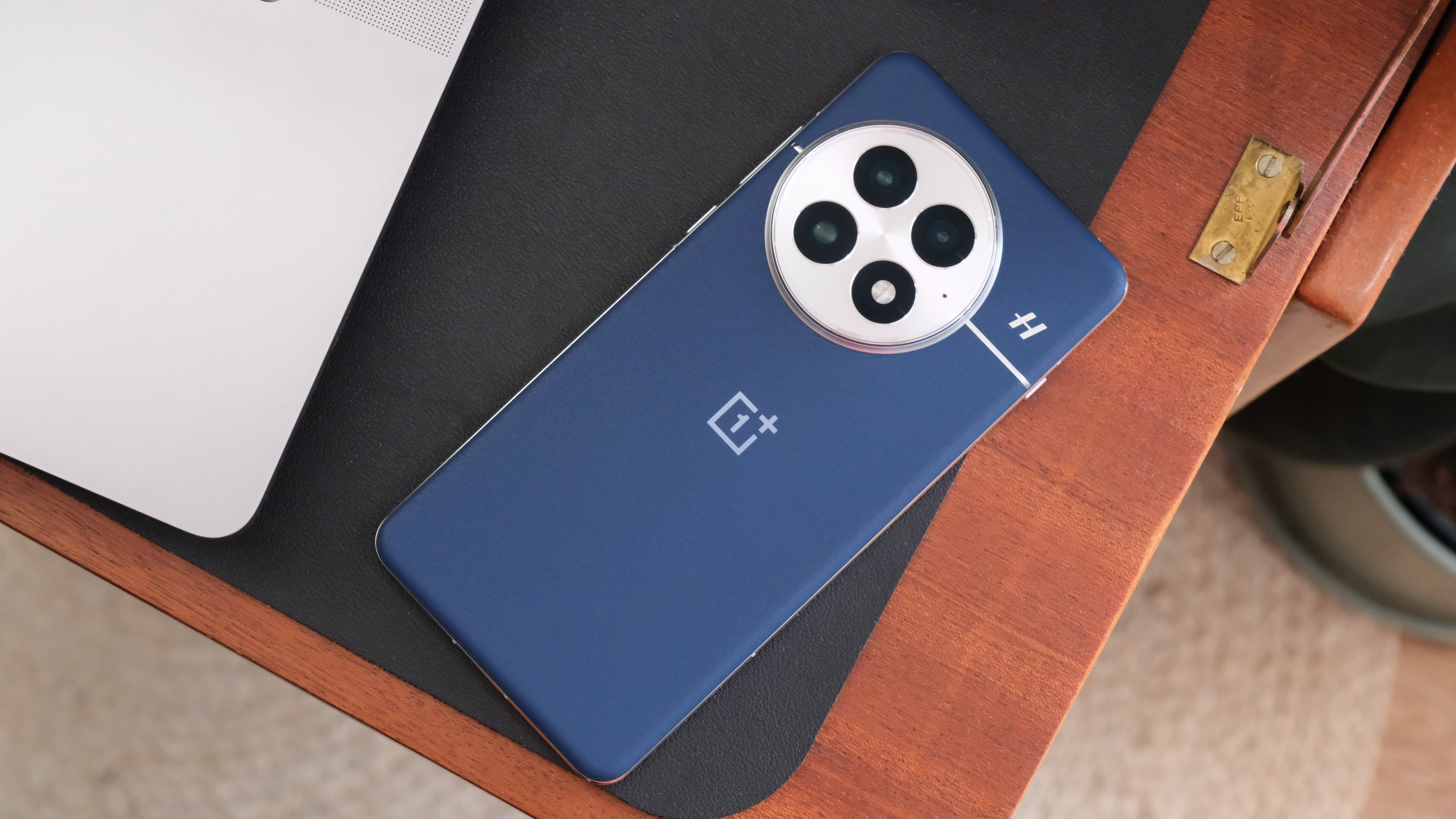
Specifications
Reasons to buy
Reasons to avoid
The Pixel 9 Pro remains my top choice for camera phones, but the OnePlus 13 comes strikingly close. Its trio of cameras delivers impressive images, although a few missteps in white balance and a limited telephoto option hold it back from absolute greatness.
The OnePlus 13 shines as an exceptional flagship all-rounder. Its 6.82-inch display is stunning, offering incredible sharpness and superb color accuracy. Powered by the latest Snapdragon processor, it handles multitasking with ease. In terms of design, the OnePlus 13 feels as premium as any flagship, and I’m a big fan of the new microfibre vegan leather back cover. Still, I wish that OnePlus had employed magnets for wireless charging instead of relying solely on cases.
When it comes to the cameras, the photos from the OnePlus 13 are packed with detail, and each camera captures vibrant, true-to-life colors. While the white balance is generally accurate, it occasionally leans a bit warmer, and there's some inconsistency as you switch between different lenses which can be a bit frustrating.
From a hardware perspective, I wish OnePlus had opted for more than just a 3x optical zoom. As someone who enjoys zoom capabilities, I find myself wishing for at least a 5x option. The AI-assisted digital zoom performs well, but it can't match up to genuine optical zoom, and you can start to see signs of overprocessing in certain shots.
With a starting price that is only slightly lower than other flagships, this isn't quite the flagship killer OnePlus was known for, but a competitive price and competitive features still make this the best value flagship you can currently buy.
Read more: OnePlus 13 review
The best value iPhone
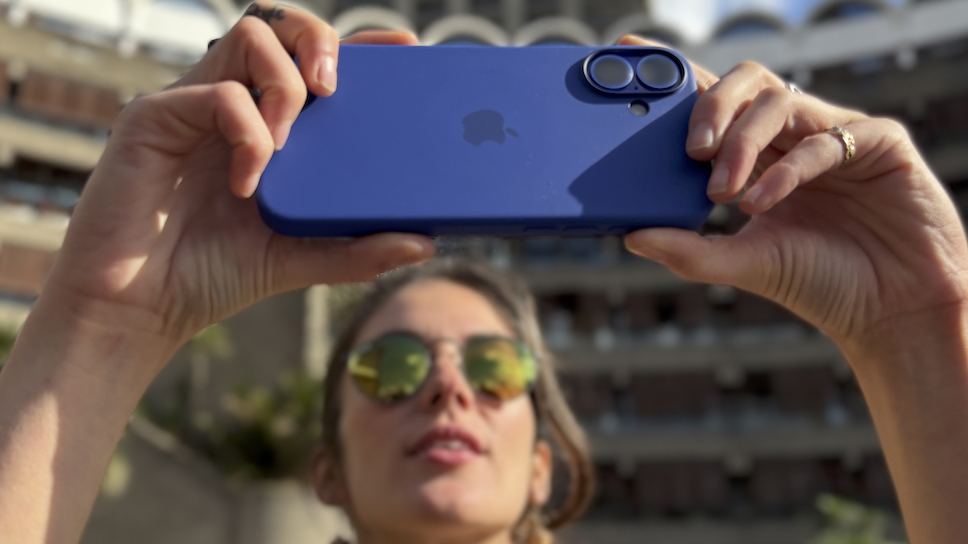
Specifications
Reasons to buy
Reasons to avoid
From a photography point of view, the iPhone 16 is a great piece of kit, especially if you just want to point, shoot, and share great-looking shots via social media without doing much post-processing.
However, the more serious photographer will miss the ability to shoot in RAW format so that they can enjoy fine-tuning the look of their images in a digital darkroom such as Adobe Camera Raw.
Images on the iPhone 16’s Super Retina XDR display look great, but you may need to view them on a larger display if you want to discover and remove noise artifacts or retouch a portrait more effectively. In this instance, you might consider paying extra for the iPhone 15 Plus, which boasts a true optical 3x camera, rather than the iPhone 15's pixel-binning trickery.
The iPhone 16’s video especially shines and produces amazingly smooth handheld footage which alleviates the need to stabilize it in a non-linear editing app, but serious filmmakers may also want the option to shoot in HDR Dolby Vision, which will lead them in the direction of the iPhone 16 Pro or Pro Max.
Read our full Apple iPhone 16 review
The best foldable camera phone
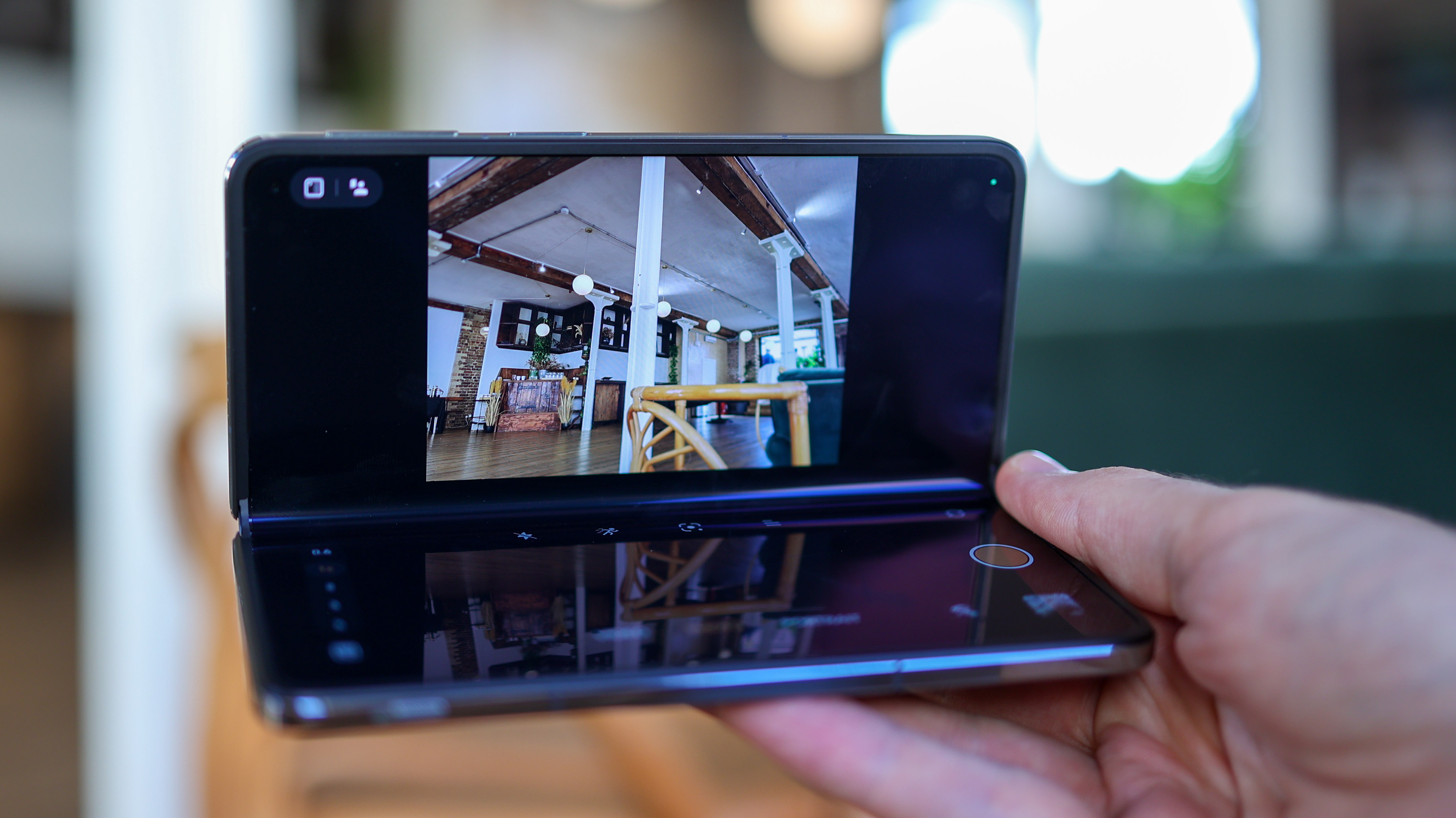
Specifications
Reasons to buy
Reasons to avoid
The best foldable camera phone should be the Oppo Find N5, but Oppo has decided to keep that as a China-exclusive. For the rest of the world, the OnePlus Open stands out as the top camera phone among foldables, largely thanks to its impressive photo processing and hardware. With three rear cameras, including a 52MP main sensor, 48MP ultra-wide, and 3x telephoto lens, it excels in detail and versatility. The main camera delivers excellent shadow detail and performs well in mixed lighting conditions. Low-light performance is particularly notable, thanks to its reliable auto night mode, ensuring you get clear shots without needing a tripod.
The telephoto lens shines with its ability to capture sharp, product-like images even up close, though it doesn't perform as strongly in low-light settings compared to the wide lens. The ultra-wide, while less remarkable, still offers useful macro capabilities for extreme close-ups, and the 10-bit Dolby Vision HDR video support is a plus for video creators.
However, it's not without drawbacks. The biggest criticism is color inconsistency across lenses, and the zoom capabilities fall short when compared to non-folding flagship models like the Google Pixel 8 Pro or Samsung Galaxy S23 Ultra.
If you're primarily after a foldable phone, and you want the best camera experience currently on the market, then the OnePlus Open is the strongest contender – but if the absolute best camera is your priority, non-folding options might serve you better.
Read more: OnePlus Open review
The best camera phone for lenses
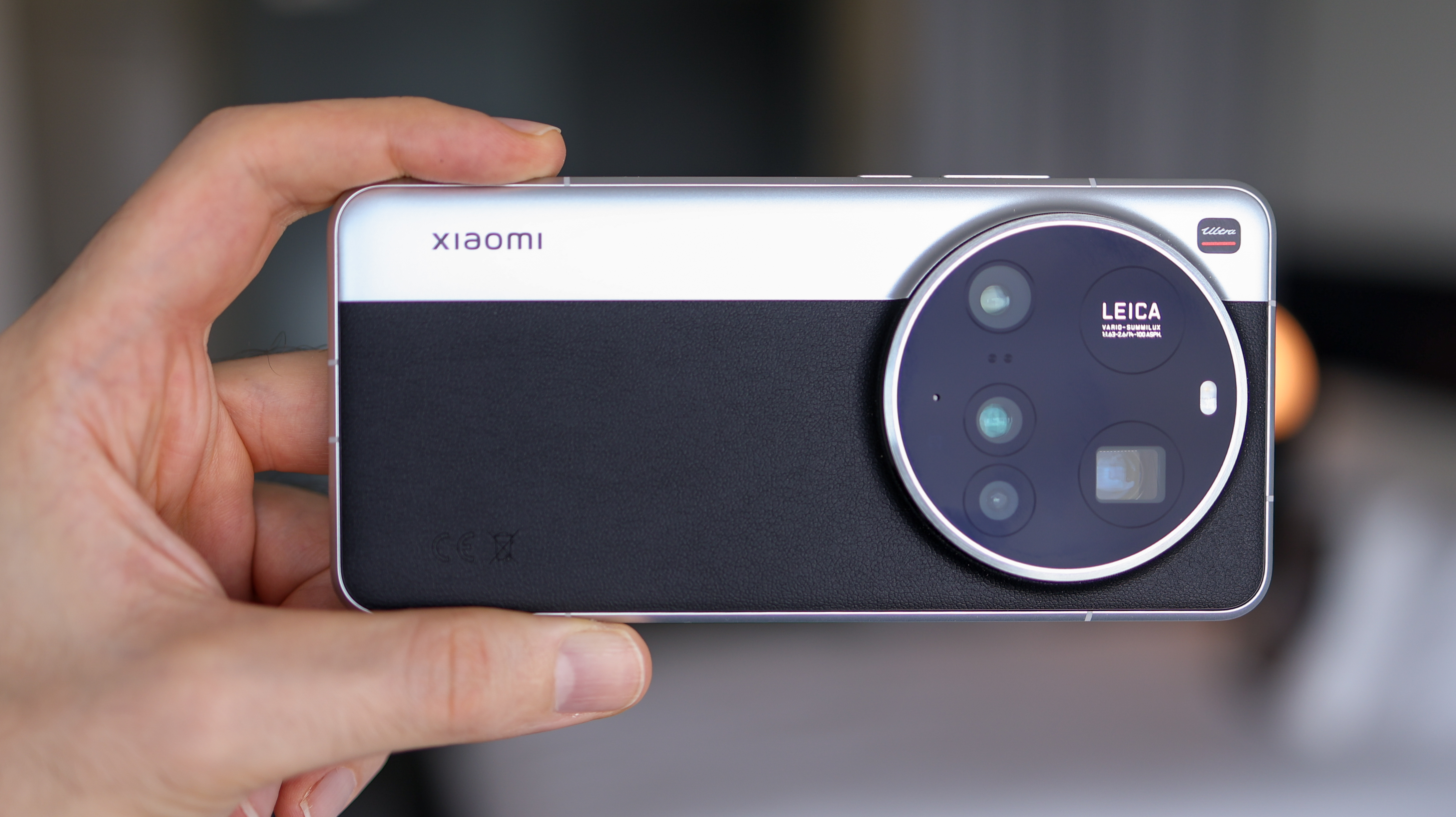
Specifications
Reasons to buy
Reasons to avoid
The Xiaomi 15 Ultra is a standout contender in the premium camera phone category, thanks to its versatile quad-lens setup and Leica co-engineering. It features a 50MP 1-inch main sensor (23mm wide), a 50MP ultra-wide (14mm), a 50MP 3x telephoto (70mm) capable of macro focusing, and a 200MP 4.3x periscope telephoto (100mm). This configuration offers extensive flexibility, allowing users to shoot everything from expansive landscapes to detailed close-ups and distant subjects with ease.
Leica’s involvement brings a distinct photographic identity to the device, offering two image profiles – Leica Vibrant and Leica Authentic. These modes allow users to choose between rich, saturated colors or more natural, subdued tones, echoing the look of traditional Leica cameras.
Image quality is consistently strong across the board. The main sensor delivers excellent detail and dynamic range, particularly in low-light conditions. Zoom performance is a highlight, with the 5x periscope lens producing sharp images even at distance. However, the ultra-wide lens is less impressive, showing more noise and flare in difficult lighting.
There are a few drawbacks. The camera occasionally struggles with very bright highlights, and the removal of the variable aperture system from the previous model limits creative flexibility. Additionally, the 5x periscope lens lacks telemacro capabilities for close-up zoom shots.
Overall, the Xiaomi 15 Ultra is an exceptional choice for mobile photography enthusiasts seeking a Leica-influenced imaging experience and a full range of focal lengths in one device.
Read more: Xiaomi 15 Ultra review
The best phone for AI cameras

Specifications
Reasons to buy
Reasons to avoid
The Honor Magic 7 Pro places a strong emphasis on AI-driven photography, making it a compelling option for anyone who wants the cutting edge of AI tech – even if it is not quite baked. AI Superzoom uses generative AI enhancements to extend reach far beyond the optical limits, results are spectacular but do appear heavily processed, you're not going to fool anyone.
More practical is HD Super Burst, which captures up to 100 frames in rapid succession, allowing you to select the sharpest or most dynamic shot. Auto Capture is another standout feature, designed to detect motion and automatically trigger the shutter at the optimal moment – particularly useful for fast-moving subjects like pets or children.
Its triple-lens rear camera system includes a 50MP main sensor with a wide variable aperture and optical image stabilization, a 50MP ultra-wide lens, and a 200MP telephoto camera offering 3x optical, a 10x digital zoom, and up to 100x AI-assisted digital zoom.
The camera system produces vibrant, detailed images in good light, the overall image quality is sometimes affected by overly aggressive processing. Noise reduction can blur fine textures, and color rendering – especially in skies –can be pushed too far into saturation. Despite this, the Magic 7 Pro with all its AI assistance excels at just getting the shot with minimal effort, thanks to its intelligent scene recognition and enhancements.
For those who want a photography experience guided by smart software and automation, the Honor Magic 7 Pro delivers an AI-focused approach that manages to stand out in the current AI-heavy flagship landscape.
Read more: Honor Magic 7 Pro review
Honorary mentions
Vivo X200 Pro
★★★★☆
The Vivo brand might be little known in the western world, but it quietly made possibly the best camera phone last year with the X200 Pro. This phone has possibly the best telephoto, portrait, and macro capabilities I have ever used on a phone!
Samsung Galaxy Z Fold 6
★★★★☆
The Samsung Galaxy Z Fold 6 impresses with its innovative design and creative features but falls a little short as a camera leader among foldable smartphones. However, with international availability and long-term ongoing support, this is the best camera foldable for anyone already in the Samsung ecosystem.
Samsung Galaxy Z Flip 6
★★★★☆
The Samsung Galaxy Z Flip 6 feels like an incremental upgrade rather than a revolutionary change. The cover screen lacks the advancements seen in the Motorola Razr Ultra, and while the 12MP cameras perform well, there are no significant improvements. Overall, it's stylish and functional but not groundbreaking.
Comparisons and Data
This graph compares the megapixels of the three main cameras you'll find on most smartphones – the ultra-wide, standard wide camera, and telephoto camera. These are the full pixels available on the sensor, although not all cameras give you access to every pixel, with lots of phones offering clever pixel-binning techniques for better images. Although many manufacturers do offer a pro mode to access the full power of the sensor. Megapixels aren't the only thing that makes a phone camera great, that's often down to each manufacturer's processing of images, but higher megapixel cameras offer more detailed images.
How to choose the best camera phone
First things first, you need to pick if you prefer an Android or an Apple phone.
This will depend on how much you currently rely on Apple services like iMessage, iCloud, or even Apple's Notes app. If you can't give them up, then you are best sticking with the iPhone, and which one you get depends on if you want a big or a medium-sized phone, how advanced you need the cameras to be, and how much you are willing to spend. We rate all of Apple's cameras very highly, going from the iPhone 16 Pro Max at the top end to the more affordable iPhone 16 model.
If you don't use Apple services (or can live without them), then you might want to take a look at an Android phone. Your choices are very broad here, and include new devices like folding phones. The best Android phones for photography at the moment are the Google Pixel 9 Pro / 9 Pro XL and Samsung Galaxy S24 Ultra. Google includes more of its own services as standard like Google Photos and the amazing Google Pixel camera. Samsung also has its own set of Samsung apps that fulfill the same purposes in their own style. So pick the phone and apps whose design appeals most to you.
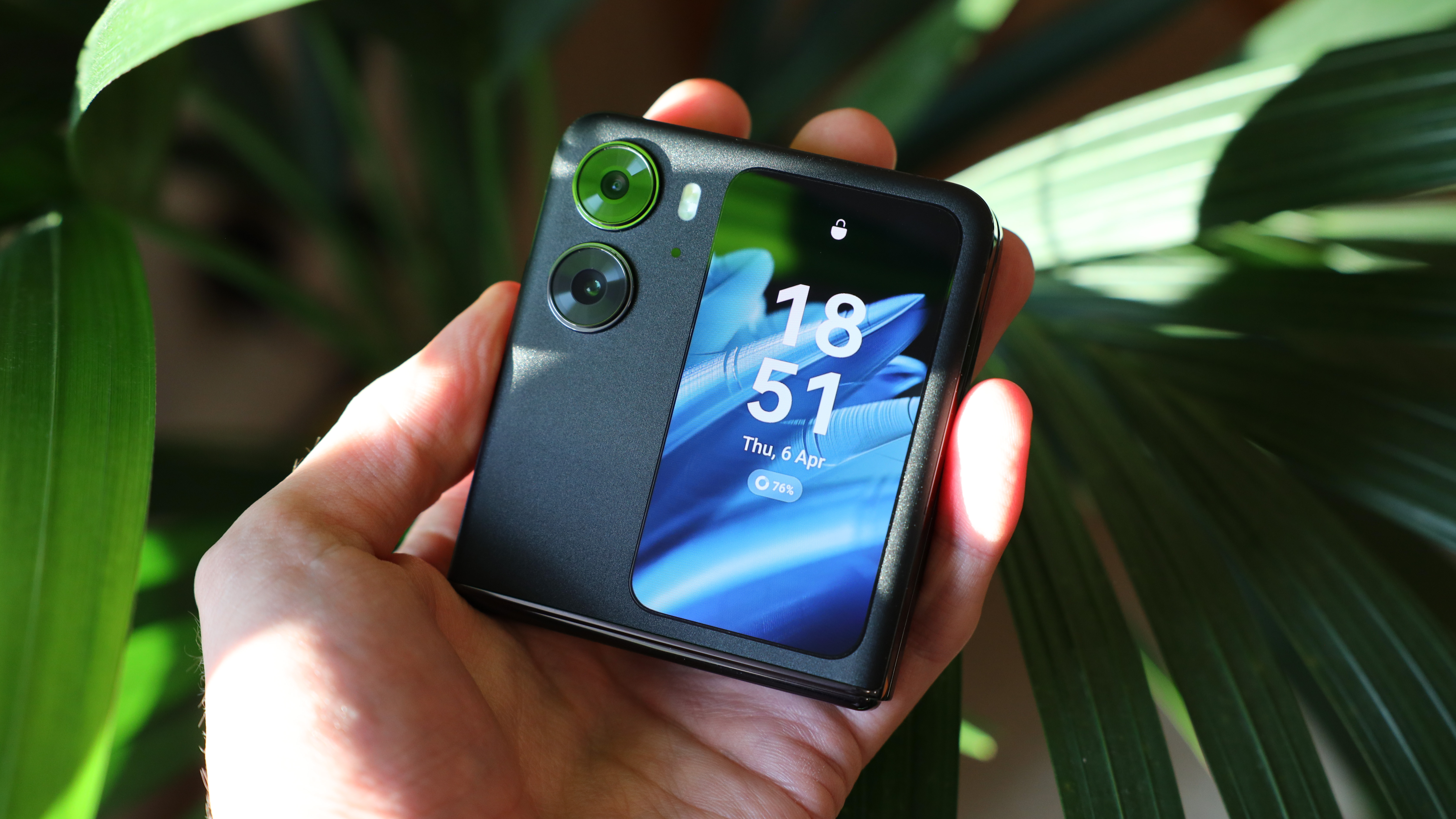
What's the best camera phone?
If you're looking for the best camera phone for stills – it has to be the Google Pixel 9 Pro / 9 Pro XL, but if video is more your thing, then the Apple iPhone 16 Pro Max is still the absolute best you can get.
Which is better, Apple iOS or Android?
Well, this is a question that has been and will be debated perpetually. Let's be real, they are both fantastic operating systems, that provide nearly all of the exact same functionality, just in slightly different ways – and both have all the major apps you are likely to use. It comes down to a matter of looks, the one to pick is just the one that you think looks better, and would enjoy using day-to-day.
How we test camera phones
As a photography website, we pay special attention to the photo and video quality of camera phones. We rate resolution, noise, and color rendition in the context of what rival phone cameras can do, and where there are any special features, such as ‘night modes’ or ‘portrait modes’, we check that these perform as the makers describe. We also take a look at what features the phone might include for viewing and editing photos and video.
Camera phones are all-around digital assistants too, of course, so we also check out how smart the operating system is at handling general day-to-day usage. Finally, we look at phone usability, and practicality – such as design, screen, ports, and battery life.
Deals
Get the Digital Camera World Newsletter
The best camera deals, reviews, product advice, and unmissable photography news, direct to your inbox!

Gareth is a photographer based in London, working as a freelance photographer and videographer for the past several years, having the privilege to shoot for some household names. With work focusing on fashion, portrait and lifestyle content creation, he has developed a range of skills covering everything from editorial shoots to social media videos. Outside of work, he has a personal passion for travel and nature photography, with a devotion to sustainability and environmental causes.
